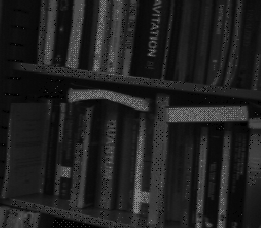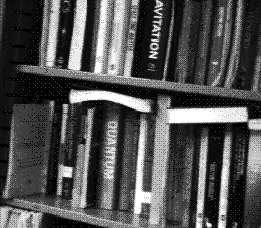Most video-cameras have automatic exposure control, to adapt to a wide range of scene illumination. The control of contrast is less easily automated, since a scene-dependent, nonlinear transfer function is often required to achieve satisfactory results. Note that the contents of the scene may make very unequal use of the intensity range; for example, a small area may command a wide intensity interval while the rest of the image all lies within a narrow interval.
Basic information-theoretical considerations suggest a ``canonical'' contrast-enhancement algorithm: contrast should be equalized so that approximately equal numbers of pixels fall into equal segments of the intensity range. For this, one must (a) contruct a histogram of the entire scene; (b) partition the histogram into a fixed number of segments, adjusting the segment boundaries according to the scene so as to maximize the entropy} of the resulting distribution; and (c) assign to each pixel, as a new light level, the index number of the correponding segment. This algorithm, which in most circumstances substantially enhances the perception of the scene, can be carried out in real time by a small CAM-8 unit directly connected to the camera. A further developments of this approach is discussed in the next section.

